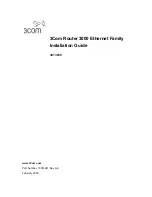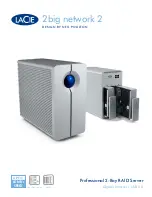
5 User Management
Quidway NetEngine20/20E
Configuration Guide - Basic Configurations
5-2
Huawei Proprietary and Confidential
Copyright © Huawei Technologies Co., Ltd.
Issue 05 (2010-01-30)
5.1 Introduction
This section covers the following topics that you need to know before you configure user
management:
z
User Interface View
z
User Management
5.1.1 User Interface View
The user interface view is a command line view provided by the system. It is used to
configure and manage all the physical and logical interfaces in the asynchronous mode.
User Interfaces Supported by the System
z
Console port (CON)
The console port is a serial port provided by the main control unit of the router provides the
console port.
The main control unit provides one EIA/TIA-232 DCE console port for local configuration by
directly connecting a terminal to a router.
z
Auxiliary port (AUX)
The main control unit of a router provides the auxiliary port that is a line device port. The
main control unit has one EIA/TIA-232 DTE AUX port, and is used by a terminal to access
the router through the Modem.
z
Virtual type line (VTY)
The virtual port is a logical terminal line. A virtual type line (VTY) is the Telnet connection
with the router through a terminal. It is used for local or remote access to the router.
User Interface Numbering
The following are user interface numbering methods:
z
Relative numbering
The format of the relative numbering is user interface type + number.
Relative numbering is used to uniquely identify a single interface or a group of user interfaces
of the same type.:
−
Number of the console port: CON 0
−
Number of the auxiliary port: AUX 0
−
Number of the VTY: VTY 0 for the first line, VTY 1 for the second line and so on.
z
Absolute numbering
This specifies a user interface or a group of user interfaces.
The starting number is 0 and the rest is in the sequence of CON -> AUX -> VTY. There is
only a single console port and an AUX port and there are15 VTY interfaces. You can use the
user-interface maximum-vty
command to set the maximum number of user interfaces. The
default number is five.
















































